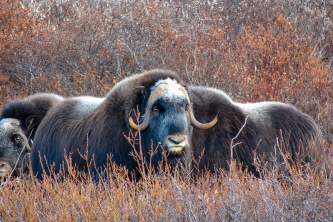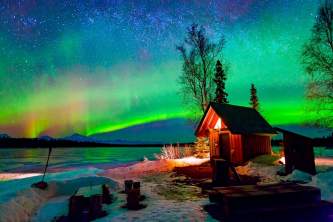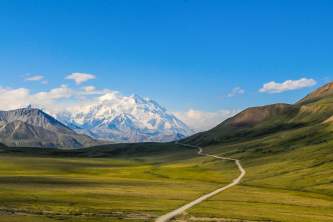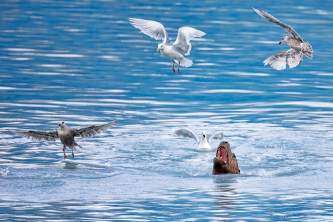Carlos Rojas: Deer Mountain in April
By
The goal was to spend the night in a shelter cabin, where Rojas hoped to photograph the “ghosts” of snow-shrouded trees.
But as it often does, Alaska had other plans. A steep gully near the top was too dangerous to cross due to avalanche hazard.
“So we decided to come back,” Rojas says. “And good thing that we did because we were told later that the cabin at the top, where we were going to spend the night, was completely buried. It would have been bad, because we didn't have tents.”
A sergeant with the Ketchikan Police Department, Rojas came to Alaska more than four decades ago, an immigrant in pursuit of the American Dream. Born in Mexico City, he and a friend arrived in Texas with $80 in their pockets. They then hitchhiked and worked their way across the continent, arriving in Alaska by way of Ontario.
“I fell in love with it,” he says. “I didn’t like to see buildings, and I wanted to see mountains and forest.”
At first, Rojas didn’t speak English. But he worked hard at various jobs, learned the language, and eventually put himself through the Alaska State Trooper academy. Twenty-two years ago he took at position as an officer in Ketchikan, where he still lives with his wife and child.
“It’s been a great career,” he says.
Over the years, Rojas began taking photos of Alaskan landscapes—glaciers, mountains, fiords—and sells his pictures through his website. He’s never far from his camera, and he took it with him that day up Deer Mountain.
The snow was deep, temperature in the 20s. When they reached an open area below the summit, Rojas stopped to put on snow pants. And he caught sight of the view reaching out over the Tongass Narrows, with Clarence Strait beyond.
“You could just see forever—like you could see as far as the eye could see,” Rojas says. “I stepped out there, and I looked, and I said, ‘Jeez, I’ve got to take a picture.”
Rojas set his camera on a stump, set the timer and moved into the shot—“to show what it would look like if you were there, if you were in my shoes.”
Not long after, a bit higher up the mountain, Rojas and his companion made the calculated decision to turn back. They returned to sea level in good shape, calling their day-long outing a success.
“We decided, you know, that we’ll come back another day,” Rojas says. “The mountain will wait for us.”




